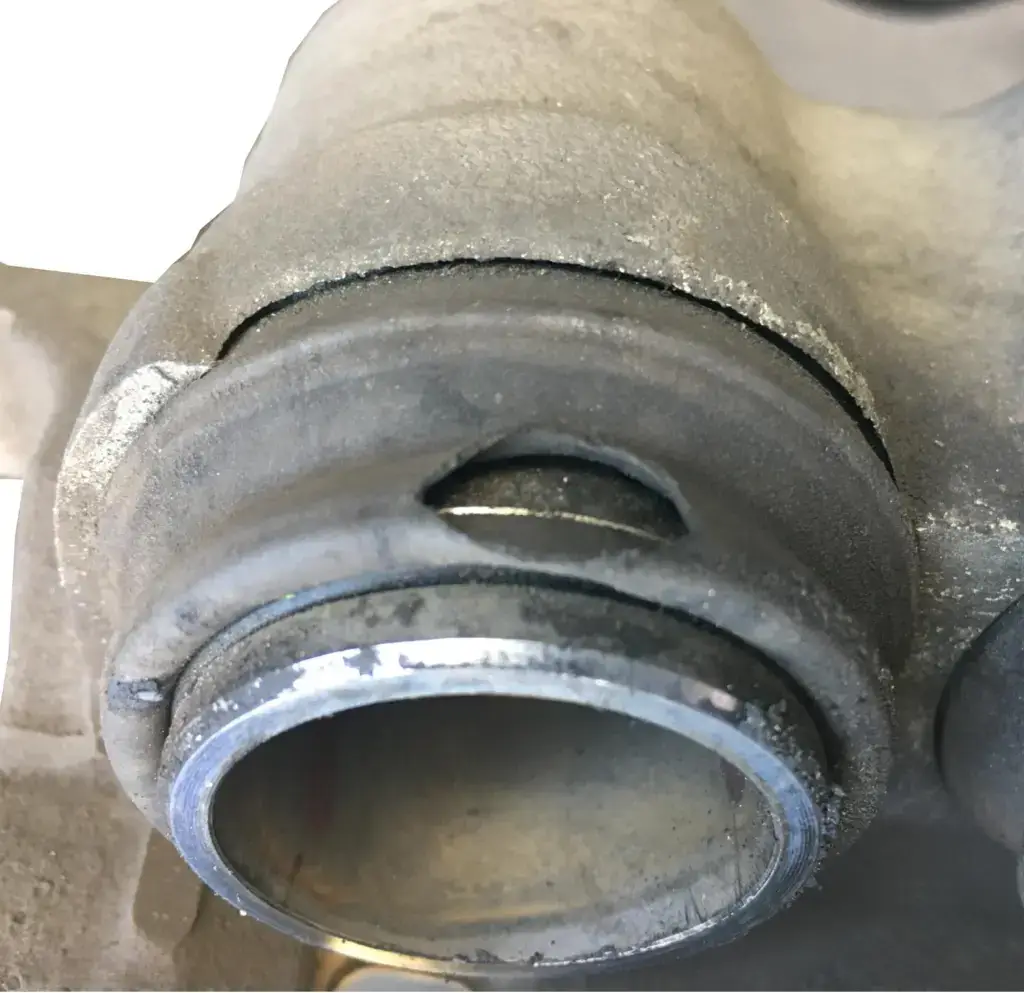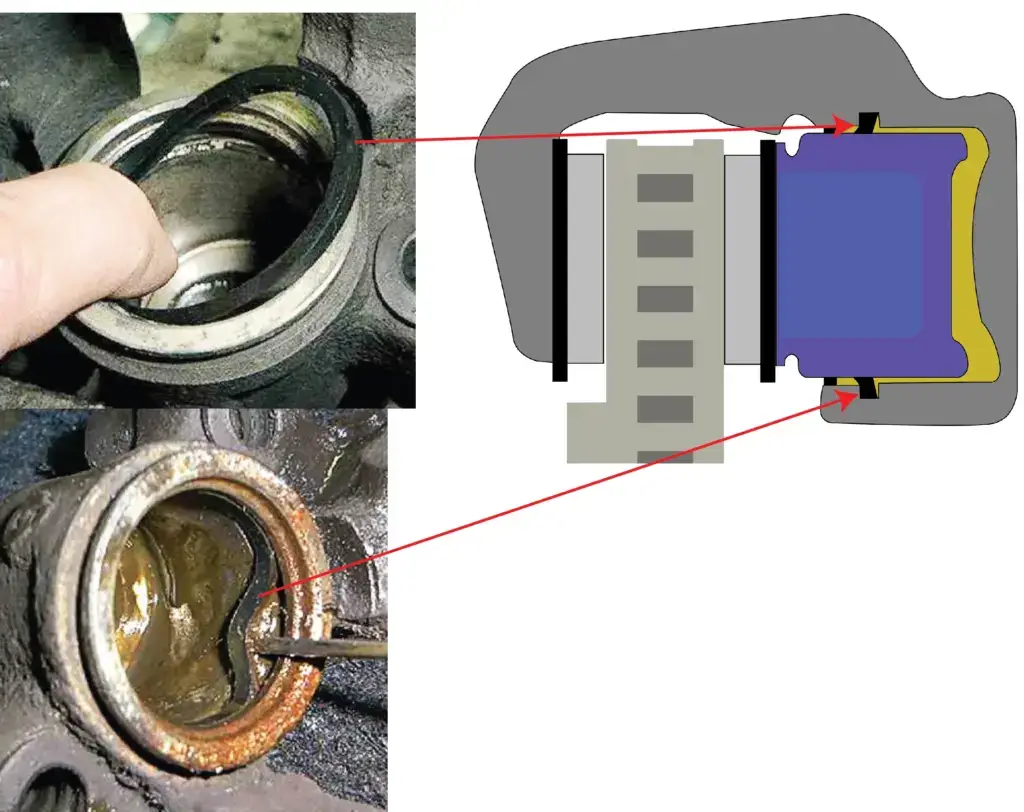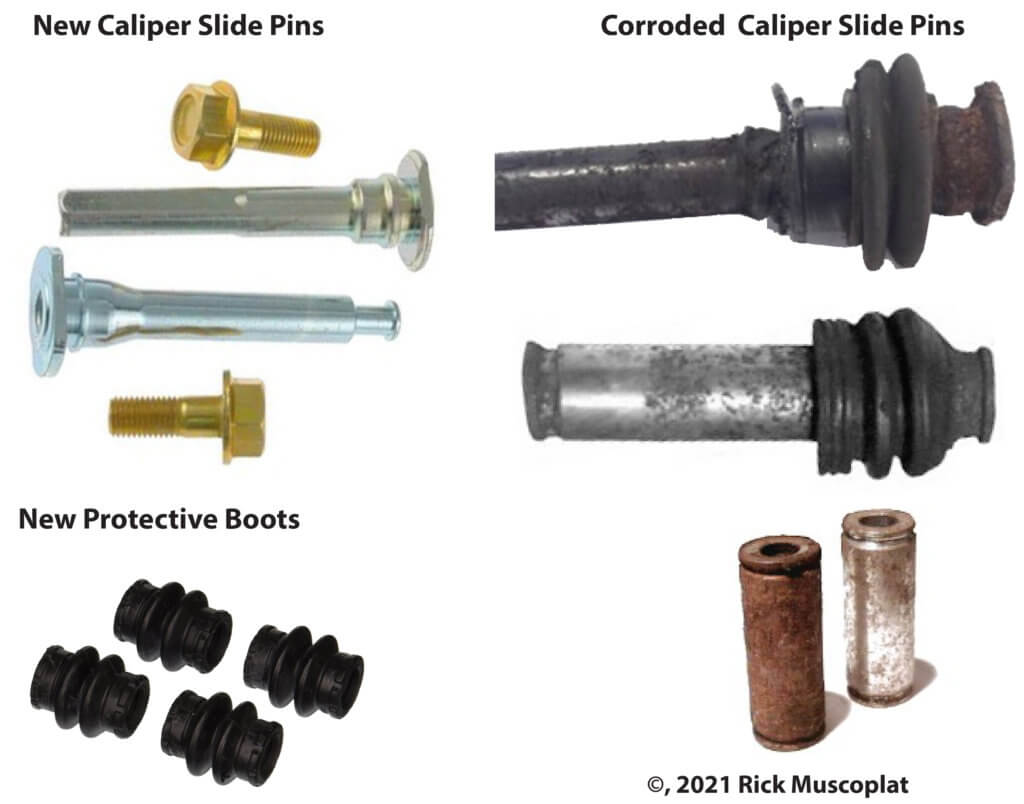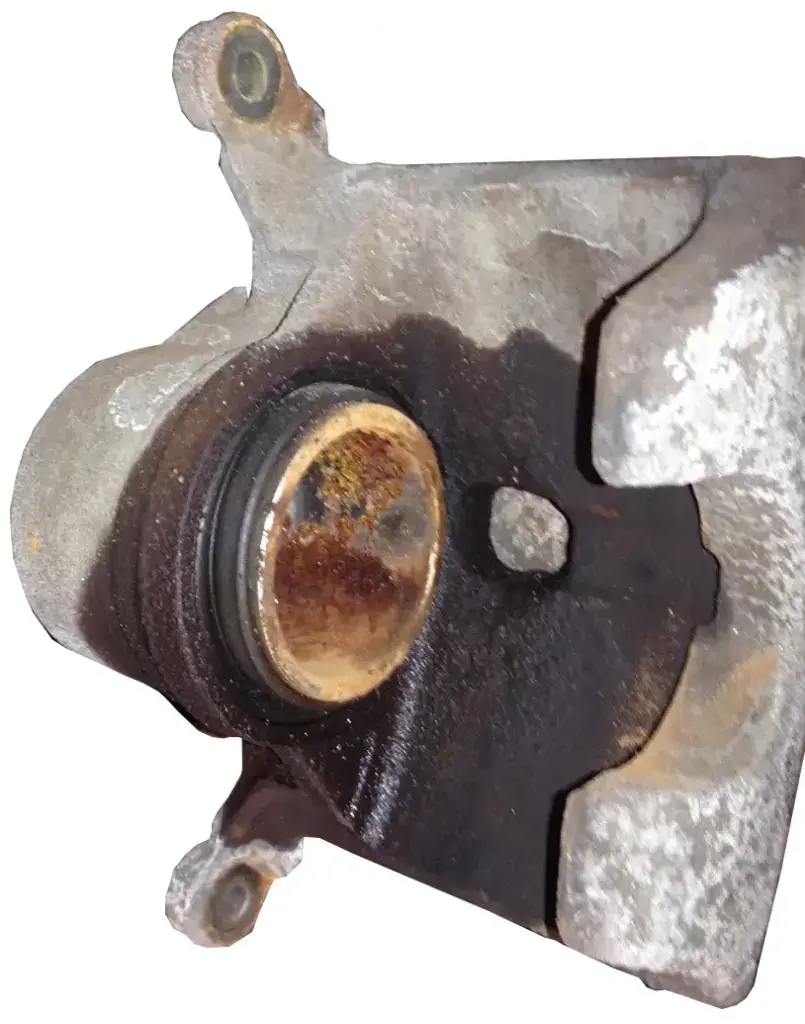Symptoms of bad brake caliper
Symptoms of bad brake caliper — How long do they last?
Brake calipers are responsible for applying pressure to the brake pads, which in turn creates friction against the brake rotors to slow or stop the vehicle. When a brake caliper malfunctions, it can significantly impact your vehicle’s braking performance and safety. Recognizing the symptoms of a bad brake caliper is essential for timely repairs and maintaining optimal vehicle safety. This article explores the various signs that indicate a failing brake caliper and the importance of addressing these issues promptly.
What are the symptoms of a bad brake caliper?
• Brake fluid leaking on the ground
• Soft/spongy brake pedal
• Low brake fluid in reservoir
• Grinding noise when braking
• Squealing noise when braking
• Car pulls to one side when braking
• Uneven brake pad wear
• Decreased fuel economy
What fails on a brake caliper?
The caliper pin boots deteriorate, water gets in and corrodes the slide pins, causing the caliper to seize
Floating brake calipers operate by sliding on lubricated caliper pins. Rubber boots protect the slide pins by keeping water and salt out. But the rubber boots degrade over time. Then, water gets in and corrodes the caliper pins, causing the brake caliper to not release proper. And that causes rapid brake pad wear, along with a grinding noise and squealing when braking.
Corroded slide pins alone are not a reason to replace the entire caliper. New slide pins cost around $11/set.
Leaking caliper piston square cut O-ring seal
If the brake caliper is leaking, it must be replaced.
Torn dust boot
The piston dust boot prevent dirt and grit from corroding the caliper piston and wearing out the square cut O-ring. Any tear in the dust boot is serious.

The dust boot on the caliper piston is torn. That allows water, grit and salt to contact the caliper piston, causing corrosion that will damage the O-ring seal inside
Caliper square cut O-ring has hardened and doesn’t “roll-back” to release brake pressure

This image shows the square cut O-ring, where it sits in the caliper and an example of a damaged O-ring
The square cut O-ring is responsible for pulling the caliper piston back into the caliper bore. When you apply the brakes, the brake fluid pressure pushes the piston forward and that forward motion twists the square cut O-ring. When you release the brakes and remove fluid pressure, the O-ring wants to return to its former shape. As it “rolls back” into its original position, it pulled the piston with it.
When the O-ring hardens over time, it loses it’s ability to twist or roll back. When that happens, the caliper piston doesn’t retract and stays in contact with pad, wearing out the pad and rotor much faster.
If the brake caliper piston isn’t retracting when you release the brakes, it must be rebuilt or replaced with a rebuilt unit.
Why brake shops replace calipers on every brake job
Many chain-operated brake shops replace brake calipers on every brake job, whether they need it or not. For example, This Les Shwab chain brags about replacing brake calipers on every brake job.
One reason they always replace calipers is that they only buy fully loaded calipers from their vendors. In other words, they don’t buy pads alone. A fully loaded caliper comes with a rebuilt caliper, new caliper pins, pin boots, anti-rattle clips, and new brake pads. So you get the whole shootin’ match whether you need it or not.
How to prevent brake caliper problems
• Always use the proper tools to compress the piston when performing a brake pad change. Never use screwdrivers or pry bars. Those can damage phenolic pistons and dust seals.
• Always replace the caliper pin boots and grease the slide pins when doing a brake job. A caliper boot kits costs around $6 and keeps water out of the slide pin bores.
• Perform a brake fluid flush when recommended by the carmaker. Brake fluid anti-corrosive additives break down over time, and corrosion sets in. That corrosion can settle in the brake caliper piston bores and prematurely wear out the square-cut O-ring seal, causing a perfectly good caliper to leak.
©, 2021 Rick Muscoplat
Posted on by Rick Muscoplat

